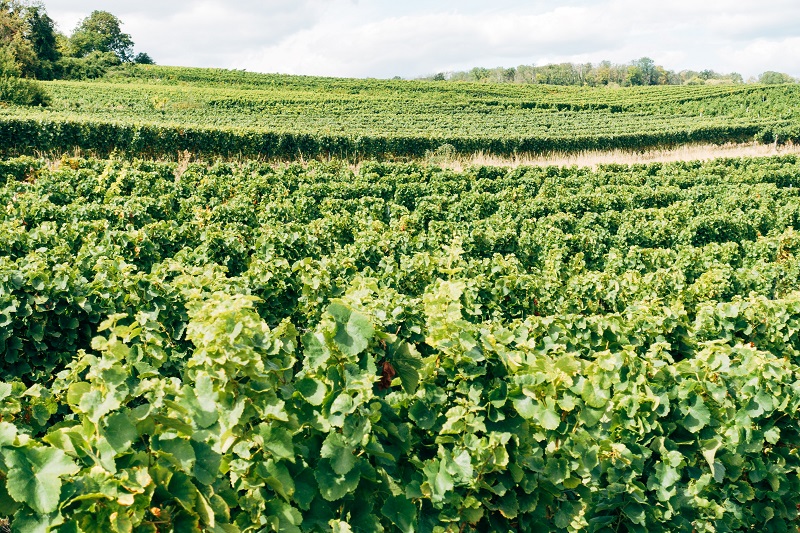Better Latte Than Never for New Coffee Growing Ventures in California

Fresh coffee beans from California? These coffee plants are growing successfully in the hills of Santa Barbara, CA. Some say Southern California farmers should dedicate more acreage to this alternative crop.
Photo courtesy of Frinj Coffee
I’m more of a hot tea guy, which, I figure, is the diplomatic way of saying coffee has never been my, er, cup of tea. That’s not a popular admission these days. A recent survey by the National Coffee Association found that 65% of Americans drink coffee every day, with a total of 491 million cups consumed daily. In turn, the U.S. coffee market is worth around $48 billion per year.
Naturally, the coffee promoters of the world see this as business potential for aspiring entrepreneurs who might want to open a coffee shop. This being a fruit grower publication, we entertain the prospect from a different angle: Should southern California farmers consider growing coffee plants?
One such advocate is Cinzia Fissore, an Associate Professor of Biology and Environmental Science at Whittier (CA) College. Having started her own experimental coffee crop in 2019, she recently spoke to the Orange County chapter of the California Rare Fruit Growers about coffee’s “new frontier.”
“We need to start thinking about growing coffee somewhere else, and why not California? It’s outside the ‘coffee belt’ but not that far out,” she says. “I mean, it’s a trait of California to introduce new things.”
More than 65 California growers in Santa Barbara, Ventura, and San Diego counties already produce coffee commercially under the auspices of Frinj Coffee, co-founded in 2017 by tropical fruit farmer Jay Ruskey. Frinj provides those farmers with a coffee breeding program, grower support program, processing facilities, green coffee sales channels, and coffee roastery.
“I am growing coffee for curiosity and for research purposes, but they are doing it commercially,” Fissore says. “They’re really trying to make this product profitable for small growers in California.”
Fissore lends her perspective as a self-described “soil person.” She quickly notes that California’s soil and climate differ from regions where coffee has been historically produced. For instance, coffee is frequently grown at a low to sub-neutral pH, yet the plant has done well in California’s higher pH. California coffee is also grown near sea level in full sun rather than at elevation in the shade.
“There is a lot we are still learning, but the lesson is it can grow really well here,” she says.
Fissore and her students received a $300,000 grant in 2020 from the Arthur Vining Davis Foundations. The grant has enabled Whittier College to expand its industry-wide collaboration.
“My goal is to introduce students to the beauty of growing food, growing soils, and building a healthy system,” Fissore says. “I’m too old; I’m not going to change the world, but they can. They have their entire lives ahead of them.”
We can all drink to that, java fans or not.
“Coffee is well known. It’s a commodity that everybody can relate to. I keep telling people that, if I had planted carrots instead, would I have been this successful?” Fissore says. “Carrots and celery are good but not as sexy as coffee.”










